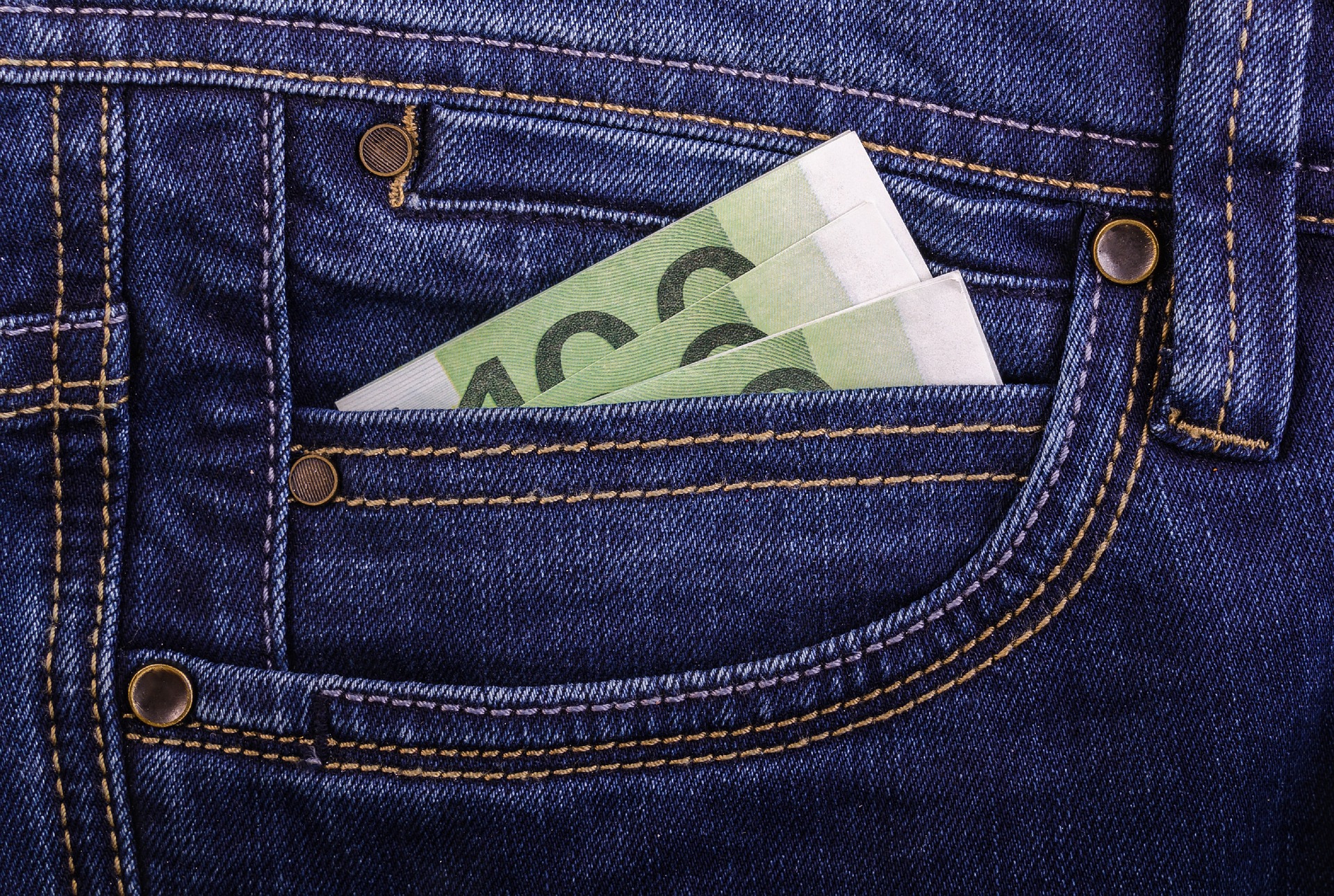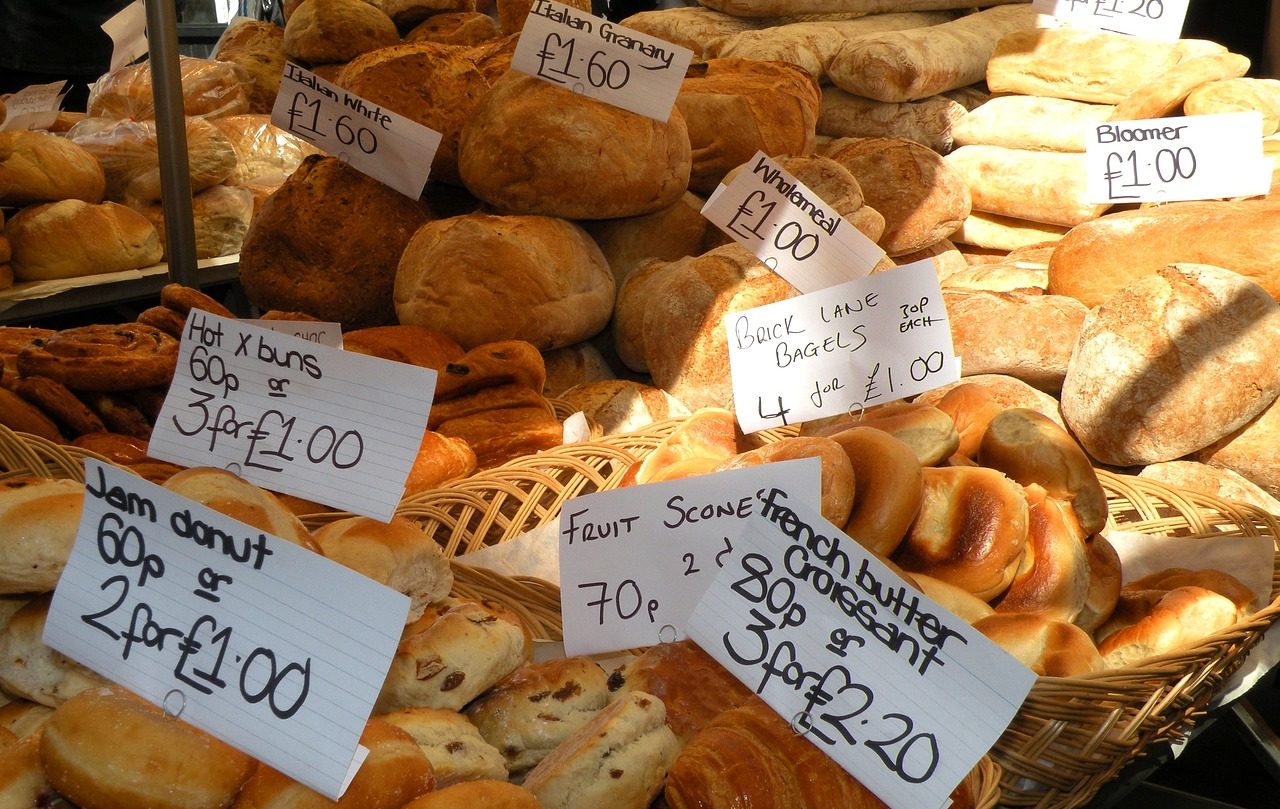
Hungarian wages performed well for the whole of 2022.Continue reading

According to an article published in the Spanish El Mundo, inflation is sweeping the European Union as a whole, and the governments of the EU-27 are opting for different measures to try to lower the prices of foodstuffs.
In this context, the debate on price caps has spread across the European continent. In Spain, UNO Podemos has insisted on this interventionist approach, but was rejected by the coalition’s majority partners. Meanwhile, in France, the government of Emmanuel Macron has promoted an agreement with some supermarkets that voluntarily offer an anti-inflation shopping basket.
Only two EU countries have implemented a cap on food prices: Croatia and Hungary. And, with the data available from the European statistical agency Eurostat,
everything points to the fact that this measure has failed in its objective of making the shopping basket cheaper,
since Croatia’s food CPI has grown by 19.7% between January 2022 and the same month of this year, only one point below the average growth recorded in all European countries in the same period, and Hungary’s has soared by no less than 62.4%.
Author Cristina Alonso’s numbers, however, seem to be significantly inflated, as Eurostat’s quoted data show a current rate of food inflation in Hungary at 47%, and the official statistics of the Hungarian National Statistic Office’s (KSH) data also show a 44.8 inflation rate for December 2022, instead of the 62.4% quoted by the journalist. Nevertheless, the near 50% food inflation figures are much higher than the EU average for the same period.
The El Mundo article continues by pointing out that a study prepared by PwC for the Association of Manufacturers and Distributors Aecoc, reflects how food inflation remains particularly high in both countries despite them having capped the prices of some staple foods. Sunflower oil can be sold in Croatia at a maximum of 2.12 euros per liter, milk at 0.98 euros and flour at 0.80 euros, while in Hungary supermarkets are obliged to limit the prices of sugar, sunflower oil, milk, flour, chicken breast and pork leg.

Photo: Pixabay
No other European government has ventured, for the moment, to cap prices. This is the case of Spain, which decided at the end of last year to lower VAT on some basic foodstuffs and has deployed a package of measures to fight inflation, including a check of 200 euros for vulnerable families. However, it has also failed to lower the food CPI, which stood at 16.6% in February and accumulated an increase of 17.5% between January 2022 and January 2023, above neighboring countries such as France (15.6%) or Italy (13.8%) but below the EU average.
The European government that has invested the most to date in combating food inflation is France, which has budgeted up to 20 billion euros to compensate for the extra spending of families. Behind is Germany, with 12 billion euros focused on tax cuts and a check of 300 euros for pensioners. Spain is in third place, with a total of 10 billion euros, including additional measures to lower inflation, such as compensation for the increase in the price of fertilizers or support for the gas-intensive industry, freezing rents, transport and fuel subsidies or energy tax cuts.
At the bottom of the list in terms of spending to contain inflation are Portugal, Greece and Italy, with an investment of 725, 650 and 500 million euros, respectively. In the case of the Portuguese government, it has approved a check of 125 euros per person and an additional 50 euros per child for incomes below 37,800 euros and has applied a 33% tax on the “extraordinary profits” of the food distribution sector until the end of 2023. The Greek government, for its part, has implemented an aid of 10% of food expenditure, up to a maximum of 220 euros, which can reach up to 1,000 euros for large families. Meanwhile, the Italian government has approved a fund for incomes of less than 15,000 euros for the purchase of basic necessities and savings cards for the shopping basket.
The margins, under debate.
To amend the data published in the El Mundo article, the decisive factor as far as food products and other commodities are concerned is not their listed price, but their real-world affordability.
Inflation figures on their own say very little about a given country’s economy, and even about inflation as such, without considering other data points, most notably income figures.
Figures published by the Central Statistics Office have shown a real wage rise of 2.6%, that is unique in the region where real wages have decreased in 2022.
Via El Mundo, Featured Photo: Pixabay